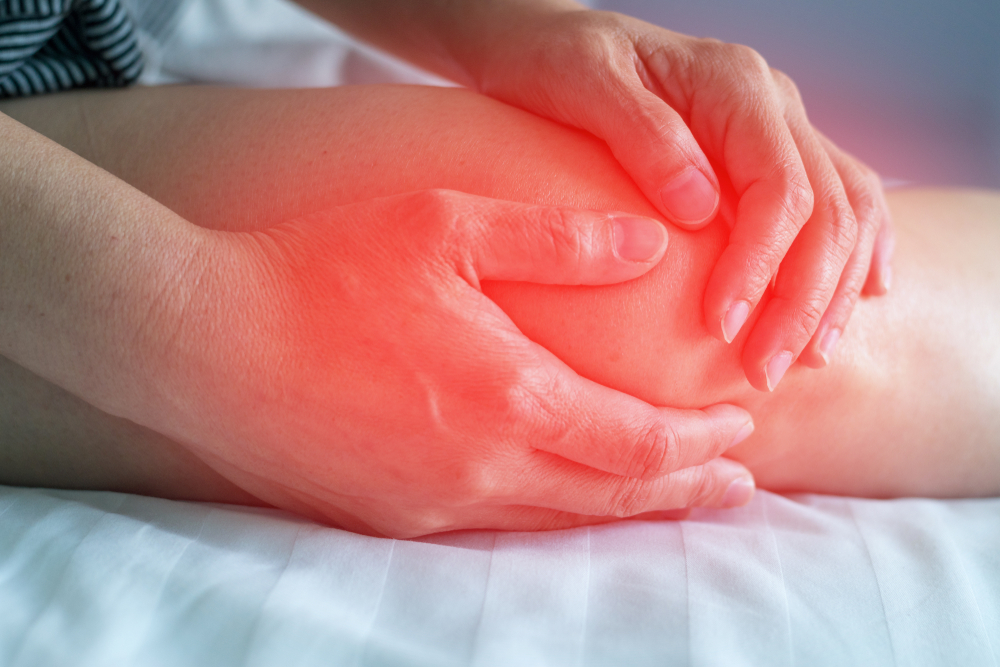DIAGNOSIS
Your doctor will take a review of your health history and perform a complete physical examination, providing more attention to your heart, lungs, stomach area, lymph nodes, legs, and feet.
The doctor will then make inquiries of the following:
- What parts swell? Is it your lower legs, feet, or legs? Over the knee or beneath?
- Do you have swelling consistently or is it more visible early in the day or at night?
- What improves your swelling?
- What triggers your swelling?
- Does the swelling show signs of improvement when you raise your legs?
Laboratory tests that might be done include the following:
- Blood tests, like CBC or blood chemistry
- Chest x-ray
- Doppler ultrasound examination of your leg veins
- ECG
- Urinalysis
Your treatment will center around the reason for the swelling. The doctor may give diuretics to diminish the swelling, however these can have side effects.
TREATMENT
Home care tips that may help reduce swelling:
- Put your legs on cushions to raise them over your heart while resting.
- Exercise your legs. This helps transport fluid from your legs back to your heart.
- Follow a low-salt eating diet, which may diminish fluid development and swelling.
- Avoid wearing tight clothes or supporters around your thighs.
- Lose weight if you have to.
Don’t take any medications for swelling without first consulting your medical doctor.


